|
Autumn has always been my favorite season. Oaks are my favorite trees. So, it seems fitting in "Oaktober" to write about oaks and oak woodlands At Nachusa Grasslands and other places in the Midwest, we are trying to restore the health of our oak woodlands. And really, our region is defined by the oaks. The Nature Conservancy calls our eco-region “The Prairie-Forest Border” between the grand prairie to the south and the mixed woodlands in neighboring states to the north. The area was historically maintained as prairie intermixed with oak savanna and woodlands by Native American nations. Natural plant and animal communities of the region were a direct result of Native Peoples’ use of fire on the land. Without fire, in “The Prairie-Forest Border,” the amount of rain we receive would have yielded dense forests. Many botanists have defined the various intergrades between savanna, open woodland, and closed woodland by the level of sunlight and density and species of trees. (See https://oaksavannas.org/) Today, much of our Illinois woodlands have become too shady to allow sun-loving oaks to grow. Shade is the enemy of oaks. Acorns in shade will not thrive after germination and the limbs of oaks will also die if shaded. How can we tell if the “woods” we are looking at was historically savanna or naturally shady? The presence of large, old oaks with limbs that stick straight out (or used to, but are dead now) indicate the area was likely savanna. An oak growing in full sun without other trees close by will grow limbs horizontally. Oaks that grow close together grow their limbs vertically to reach the sun. To give the oaks a fighting chance modern prairie restorers make use of controlled burns, as well as actual removal of invasive trees growing under and up into the limbs of the old sentinel oaks. We also remove the non-native bush honeysuckle (and other non-native shrubs) from the understory. Our region’s historic mixture of prairie interspersed with woodland types — from dry to wet, from open to somewhat shady — had an enormous species diversity of understory flowers, grasses, and native shrubs. If action is not taken by restorers, the result is a mud forest floor, impenetrable understory with honeysuckle bushes, and an overstory of dead oaks. Elms, maples, and other shade-loving fire intolerant trees move in to take the place of oaks and hickories. This combination of a solid thicket of invasive honeysuckle and loss of oaks gives hardly any habitat for animals. For example, deer and turkey dislike maple and elm, but they love acorns! Native oak-hickory savannas and woodlands in the region are disappearing along with bird species that depend on the open structure: red-headed woodpeckers, great crested flycatchers, and eastern bluebirds. Native wildflowers such as kitten tails, wild hyacinth, prairie lily, and starry campion along with grasses such as bottle brush rye, woodland brome, and long-awned wood grass will not grow in heavy shade. And there are the native shrubs: hazelnut, American plum, hawthorn, and Iowa crabapple! None of these tolerate shade either.
I encourage you to read up on oak woodlands, then take a hike. Explore the Stone Barn Savanna and see how we are doing. It’s a work in progress and sometimes messy, but we see the native oak savanna dependent plants and animals are thriving. Here are some great websites that discuss oak savannas: Pleasant Valley Conservancy—Oak Savannas Last of the Oak Savannas Survive in Minnesota What is an Oak Savanna? Written by Susan Kleiman, a Nachusa volunteer.
8 Comments
James Higby
10/23/2017 07:30:59 pm
This is outstanding photography and prose.
Reply
James McGee
10/25/2017 08:39:16 pm
The photo above of a diverse understory looks to be only tall goldenrod (Solidago altissima). I wonder what brings about this condition. I tried digging out the invasive species in a plot next to an area that had been broadcast sprayed to kill seedling/sprouting buckthorn and garlic mustard the previous fall as a control for comparison.
Reply
10/26/2017 01:29:19 pm
James McGee, the goldenrods you see in the photo in this blog are common in the understory of some of our oak woodlands. These same woodlands also can have a variety of other forbs, grasses and sedges that are over-topped this time of year. But not all of our woodlands have such thick goldenrods. It may depend on prior conditions or on nearby seed sources whether or not there is goldenrod.
Reply
James McGee
10/29/2017 10:51:42 pm
Woodlands restoration is being done by Openlands at Deer Grove Forest Preserve in Palatine. I have noticed that tall goldenrod has developed in the areas they are restoring, but it is in separate large patches. I know some spraying of sprouting stumps has been done. However, without having a recording of the management actions in specific locations I cannot correlate a connection between these actions and where the patches of tall goldenrod have developed. The tall goldenrod may simply be colonizing areas where the invasive species had grown the most densely resulting in the “mud forest floor” you mentioned.
Reply
Kathy Olson
11/30/2017 03:14:56 pm
This is helping me to understand why some of the restoration being done in cook county is actually cutting down what I consider some good trees. If they want the results of a Savannah then they need to have a lot of space between the trees. I know I should do the same in my yard but it is so hard to remove a nice maple or elm or hackberry. Maybe since I'm on a flood plain it is okay to have those as well as all the oaks that I planted.
Reply
12/4/2017 03:58:12 pm
Kathy, it is not necessary for you to cut down native trees in your yard. If they are providing shade or other things you want then that's fine.
Reply
Kathy Olson
12/5/2017 09:20:39 am
We are/have removed the buckthorn/callary pear and Tree of Heaven. Just two more ornamental maples to go. Yeah! Thank you for your answer. I will monitor the situation to make sure the various oaks and one hickory are growing. Maybe just a trim of some of the other natives will suffice to bring enough light.to the floor. 12/8/2017 09:32:43 am
Kathy, that's great, and so funny that I guessed on your Asian trees/shrubs. Enjoy your yard and thank you for enhancing habitat for our native birds, etc.
Reply
Your comment will be posted after it is approved.
Leave a Reply. |
Blog CoordinatorDee Hudson
I am a nature photographer, a freelance graphic designer, and steward at Nachusa's Thelma Carpenter Prairie. I have taken photos for Nachusa since 2012. EditorJames Higby
I have been a high school French teacher, registered piano technician, and librarian. In retirement I am a volunteer historian at Lee County Historical and Genealogical Society. Categories
All
Archives
January 2024
|
CONNECT WITH US |
|
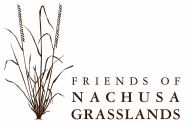
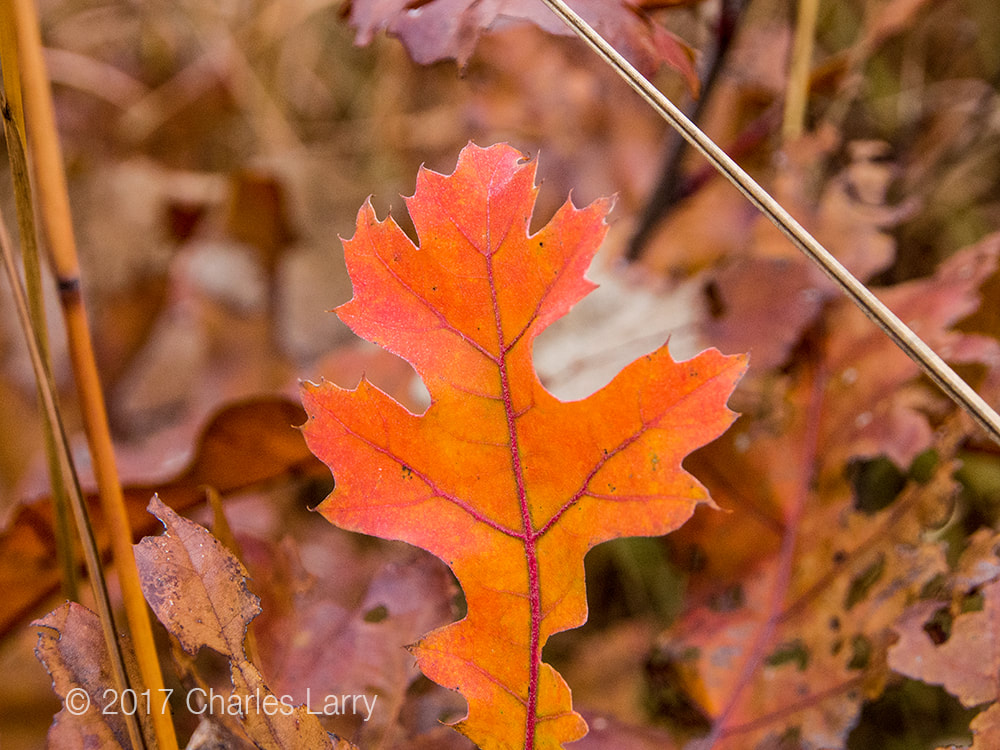
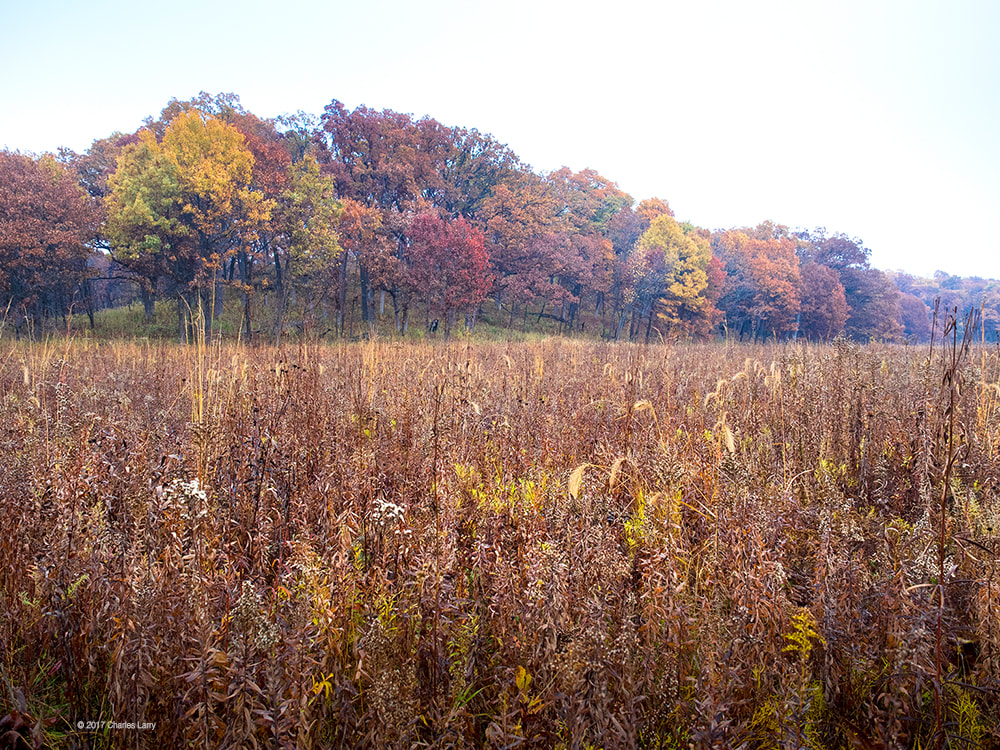
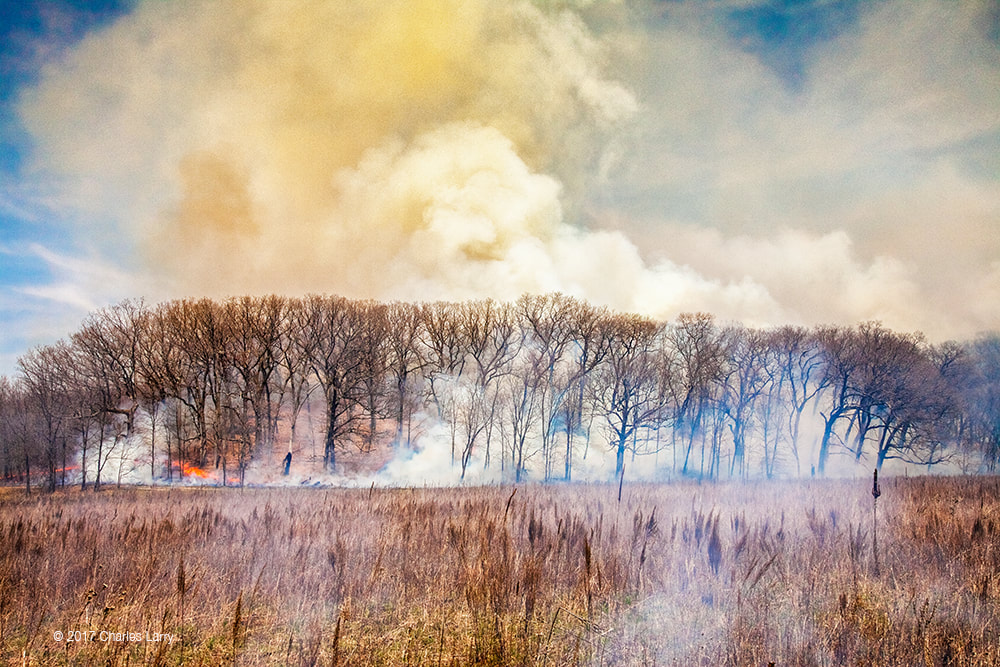
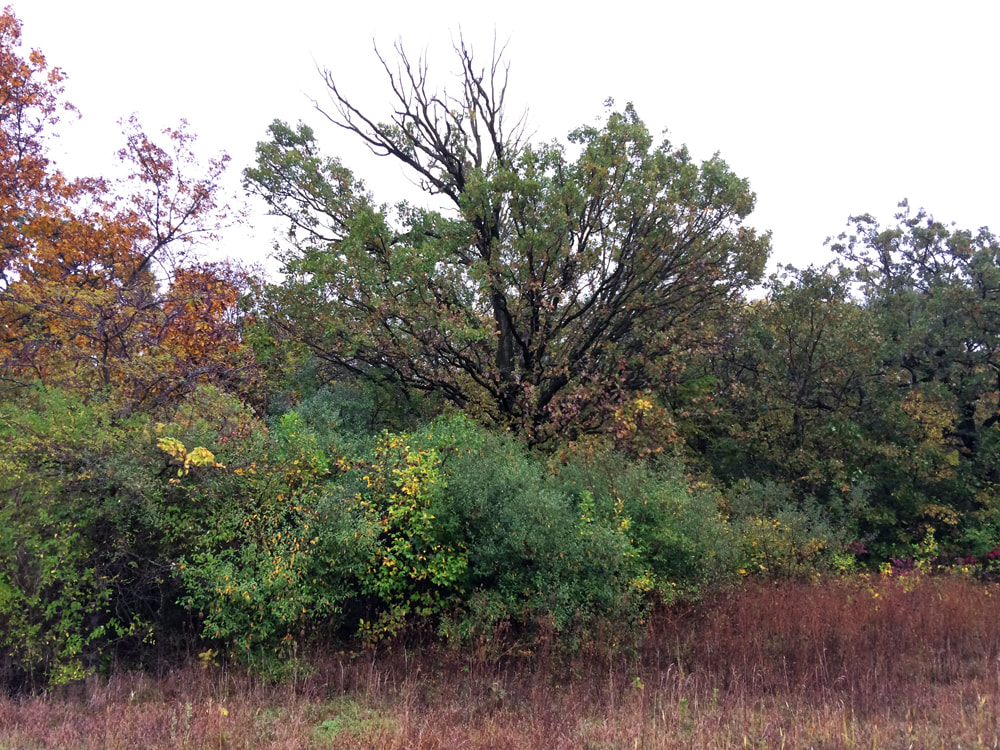
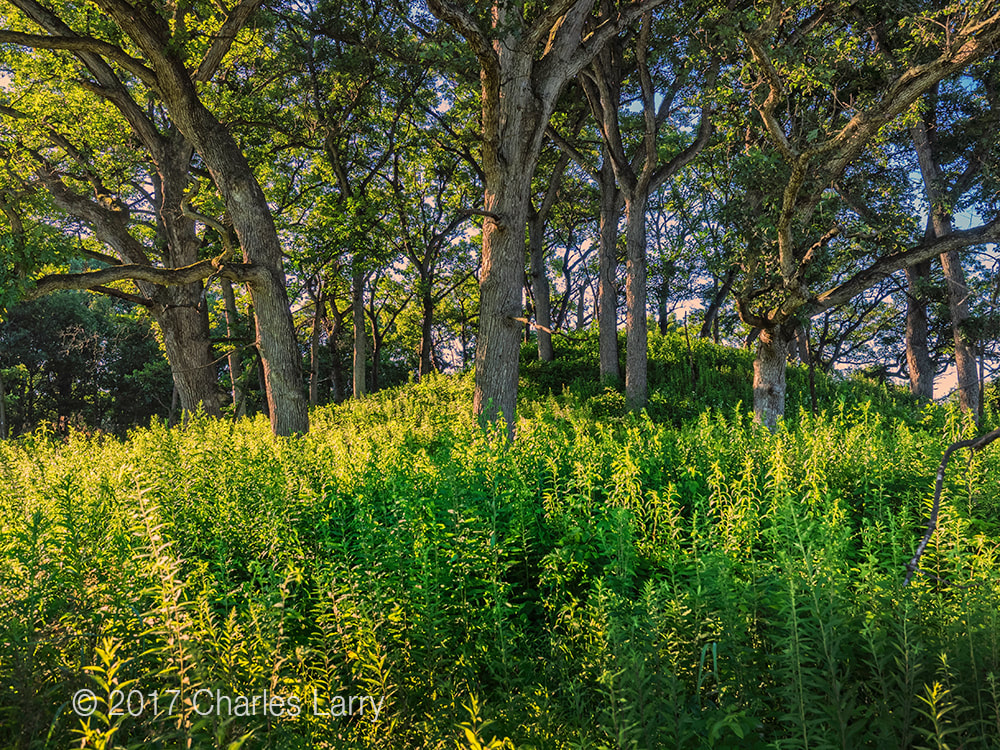
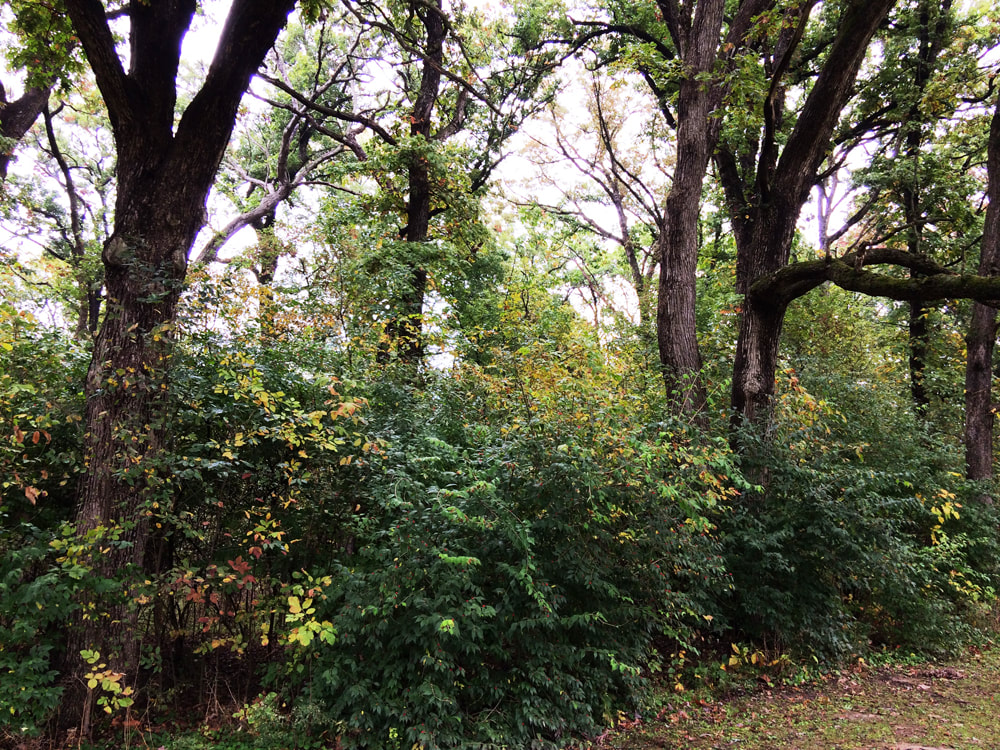
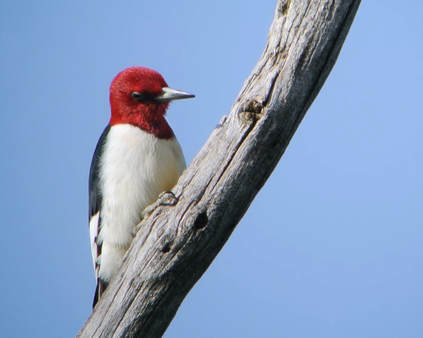
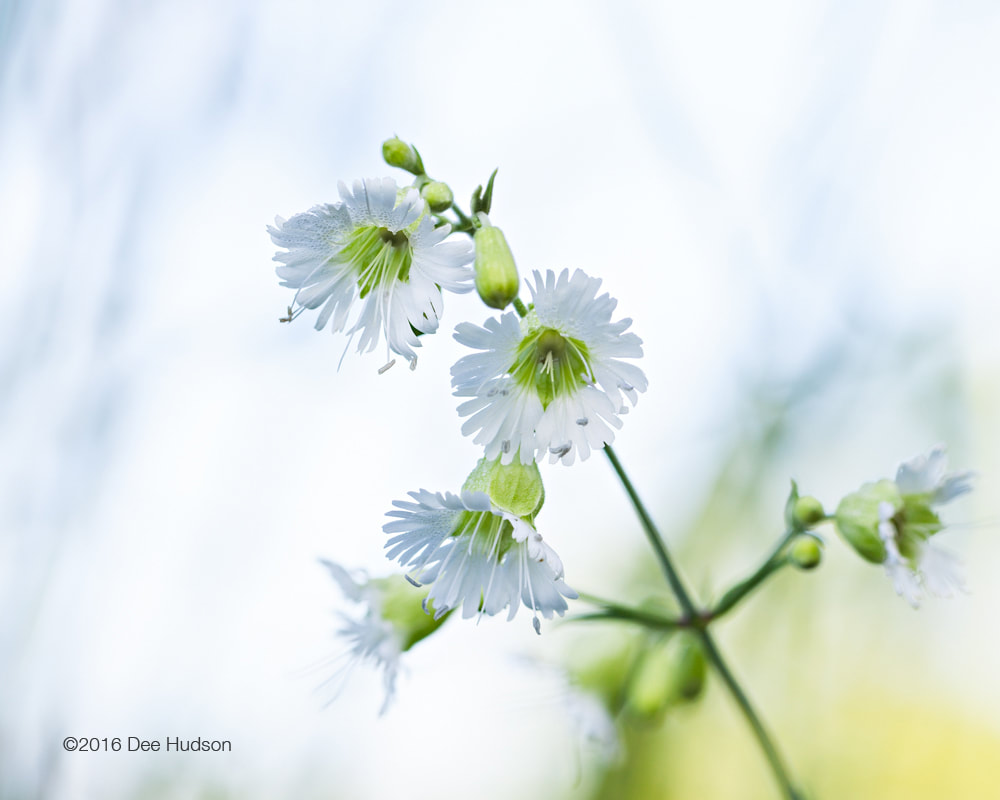
 RSS Feed
RSS Feed